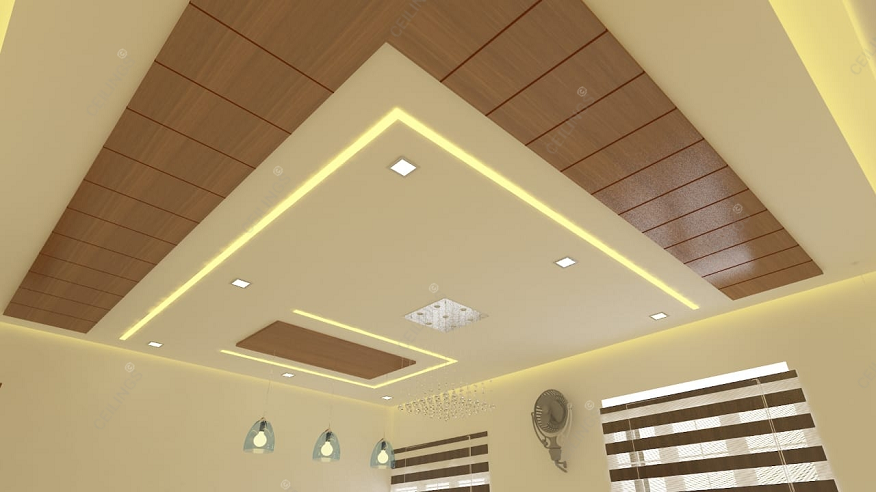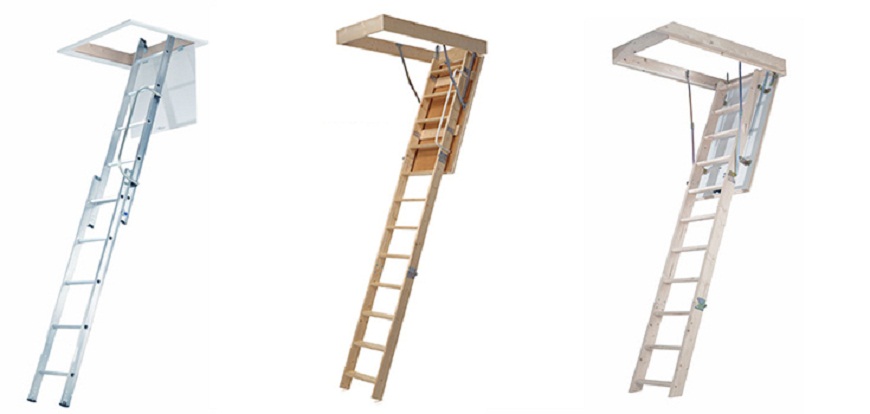Unfolding the Art of Ceiling Textures
Choosing the right ceiling texture for your home can dramatically enhance the overall aesthetic and ambiance of your interior design. However, with a plethora of false ceiling design options available, it can be overwhelming to decide which one best suits your space.

This blog post aims to demystify the various types of ceiling textures, from the classic popcorn and knockdown styles to the more modern smooth and textured plaster finishes. We’ll delve into the unique characteristics, pros, and cons of each texture, providing you with a comprehensive guide to make an informed decision.
Whether you’re renovating an old home or building a new one, understanding the different ceiling textures can give your space a distinctive touch. So, let’s embark on this journey to discover how the right ceiling texture can transform the look and feel of your rooms, adding depth, character, and style.
Comb Texture
This intricate false ceiling design is created using a special comb tool that leaves a series of grooves or patterns on the plaster. It’s highly decorative and adds an artistic touch to any room, but it requires skilled installation. Ideal for homeowners looking for a unique and stylized finish, the comb texture can make a bold statement in your space. However, it might not be the best choice for those seeking a more subtle or understated look.
Knockdown Texture
Knockdown texture provides a mottled, subtle pattern on the ceiling, achieved by spraying and then “knocking down” the peaks of the texture. It’s popular for its ability to hide imperfections and add visual interest without being overwhelming. This texture can give a room a modern, chic feel, and it’s also relatively easy to repair if damaged. It’s a great choice for high-traffic areas of the home.
Orange Peel Texture
Named for its resemblance to the skin of an orange, this ceiling paint design is created by spraying small droplets onto the ceiling. It’s a popular choice due to its subtle, attractive appearance and ability to mask minor flaws. The orange peel texture offers a pleasing middle ground between smooth and heavily textured ceilings, adding a gentle, tactile appeal to a room. It’s also a versatile choice that works well with various interior design styles.
Spray Sand Texture
Spray sand texture involves mixing sand with paint and applying it via a spray gun. It gives a rough, granulated look that adds depth and character to the interior design while also providing excellent sound absorption. This texture is particularly suitable for larger rooms as it can help to break up the expanse of a large ceiling. Keep in mind that this texture can be a bit challenging to clean due to its rough surface.
Sand Swirl Texture
This distinctive ceiling paint design combines both patterns and textures by using a mixture of sand and paint, applied in swirling patterns. It’s a traditional style that works well in classic or period-style homes. The intricate swirls can add an air of sophistication and elegance to any room. However, it can be a bit more labor-intensive to apply compared to other textures.
Skip Trowel Texture
A hand-applied texture that creates a subtle, Mediterranean-style finish. The plasterer uses a trowel to spread thin layers of plaster in a skipping motion, resulting in a unique, textured surface. This texture can bring a warm and inviting feel to your rooms, perfect for creating a cozy atmosphere. Plus, it’s a durable option that holds up well over time.
Slap Brush Texture
Also known as a “stomp” texture, it is created by slapping the ceiling with a paintbrush loaded with wet plaster. The result is a random, stippled texture that can add a rustic, cottage-like charm to a room. If you’re aiming for a homely, comfortable vibe in your space, the slap brush texture could be an excellent choice. But, like the sand swirl, it might require a bit more effort to apply.
The texture of your false ceiling design can significantly contribute to the overall aesthetic and ambiance of your space. From the intricate comb and sand swirl textures to the more subtle knockdown and orange peel styles, each offers its unique charm and benefits. However, it’s essential to consider factors like the size of the room, the style of your home, and your personal preferences when making a choice.
Remember, while some textures might require more effort to apply, the end result can dramatically transform your room. So, don’t be afraid to experiment and choose a texture that truly resonates with your design vision. After all, your home is a reflection of your taste and personality, and the right ceiling texture can add that perfect finishing touch.


